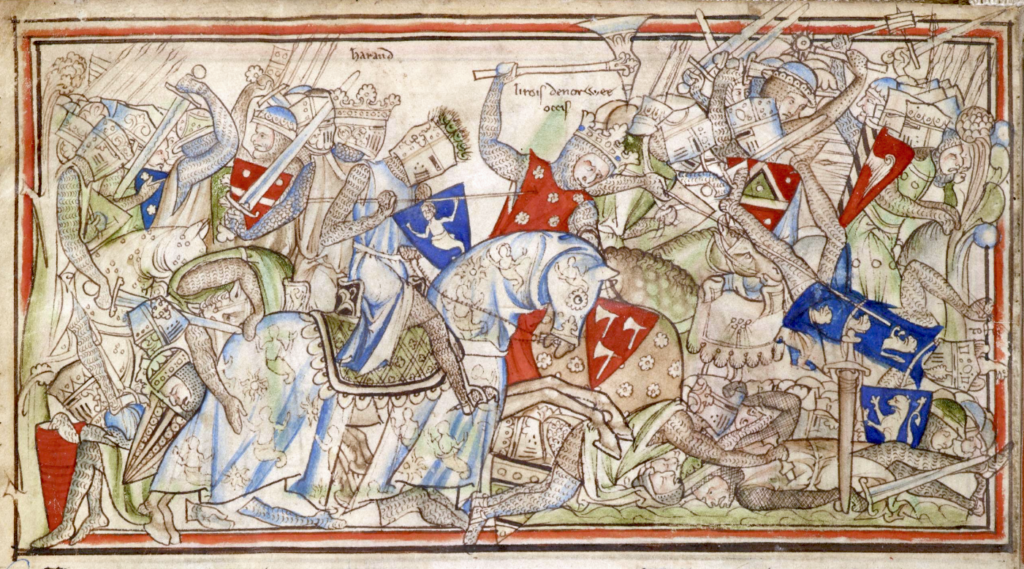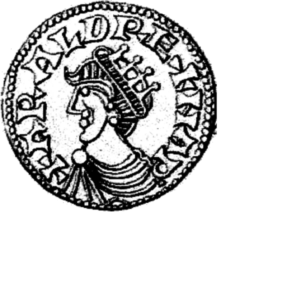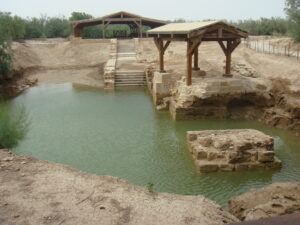Welcome!

This international and interdisciplinary project focuses on the status of the Norwegian Harald “Hardrada” as probably the best-documented frontiers-crosser extraordinaire of the early eleventh century. It uses his experiences and their legacies as a case study for a wide-ranging exploration of the Mediterranean and its links to the Nordic World in the liminal period between the late Viking Age and the eve of the crusades.
Thematically, the project sits at the crossroads of diverse academic fields such History, Archaeology, and Literature, and between Nordic Studies, Mediterranean Studies (with a strong emphasis on Byzantine and Islamic studies), and Western European Studies.
The project includes a strong performative and creative element, which will serve to interrogate the subject matter imaginatively, but also for public engagement and impact purposes, and for experimenting in ways to integrate academic research and the creative industries.
We plan to organise several thematic symposia that will take place especially but not uniquely along the trail of Harald’s travels or in locations connected to him. You can find a list of past and forthcoming symposia and events in the Events bar in the main many.
Harald is well known both within and outside the academic world. He is mainly known for his role in processes of state formation in Scandinavia (thence is nickname Hardrada, which means ‘hard rule’) and for his death at the Battle of Stamford Bridge in 1066, which ended the tradition of North Sea empire created by Knut the Great and was a prelude to the Norman conquest of England. See below, for example, a coin struck by Harald as king of Norway and a representation of Harald’s death at Stamford Bridge, near York, as depicted in The Life of King Edward the Confessor by Matthew Paris in the 13th century.


This project, instead, highlights Harald’s formative years in the Mediterranean and their legacy, and uses them for a wide-ranging discussion of his times and the lands that he visited.
Harald left Norway when he was around 15, probably after the death of his half-brother, King Olaf II Haraldsson (who was soon canonized and became the patron saint of Norway) in 1030. He first found refuge in Kievan Rus’ and then entered Byzantine service in Constantinople. As part of that he traveled extensively along and beyond the borders of the Byzantine Empire between c.1033 and 1042, from eastern Anatolia and Upper Mesopotamia to the Holy Land, from the Aegean Sea to the Strait of Sicily and the Balkans, and then back to Constantinople and Kievan Rus’, before he claimed the throne of Norway and seek those of Denmark and England as well.
Below you can see images of some of the locations visited by Harald. They are, in clockwise order: the Judean Desert between Jerusalem and the River Jordan (both of which Harald visited as part of a pilgrimage/Byzantine diplomatic mission), the site Al-Maghtas on the River Jordan (which was believed to be the side of Jesus’ baptism), Siracusa (with Mont Etna in the background), Constantinople, Jerusalem, and Mount Vulture in Apulia, where Harald fought against the early Norman in the earliest phases of what became their conquest of Southern Italy.


















Recent comments